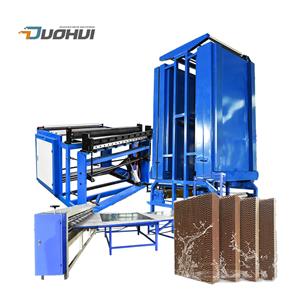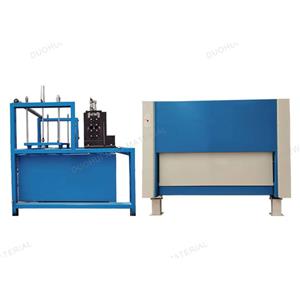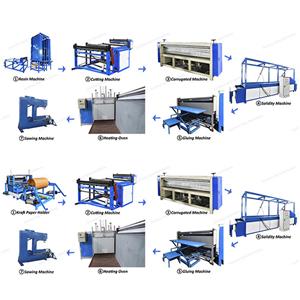How to Clean Reverse Osmosis Membrane
Reverse osmosis membrane is the core component of reverse osmosis technology. Because its membrane pore size is very small, the dissolved salts, colloids, micro-life and organisms in water can be effectively eliminated. The advantages of the whole system, such as good water quality, low energy consumption, pollution-free, simple process and simple operation, are mainly used in pharmaceutical and industrial production. Reverse osmosis membrane is an important component in water treatment system. So it is necessary to clean the membrane regularly. At present, physical and chemical methods are effective for cleaning the reverse osmosis membrane. In the whole cleaning process, the physical method uses mechanical force to clean the contaminants on the membrane surface. During the whole cleaning process, it is safe and reliable, and does not produce pollutants. Physical method I has five different cleaning methods. Manual scrubbing: Although relatively primitive, but it is effective. This method can clean the fouling on the membrane surface, but it can not clean the fine impurities in the membrane hole; isobaric hydraulic rinsing: mainly by increasing the flow rate to rinse the Modified surface, can effectively remove the soft impurities on the membrane surface. This cleaning method is also suitable for other ultrafiltration components; backwashing method: backwashing the surface of the membrane, which is effective and very quiet; hot water washing method, which is mainly aimed at those viscous and hot-soluble impurities; water mixed cleaning hair: in ultrafiltration equipment, compressed air and water mixed together, the surface of the membrane. Surface cleaning and agitation cleaning can remove stubborn impurities. The chemical method is to use a chemical reaction between a chemical and the film surface. To achieve the effect of cleaning film. There are strict requirements for the use of chemicals. One is that the material of the film can not be changed, and the other is that it can not produce secondary pollution.




